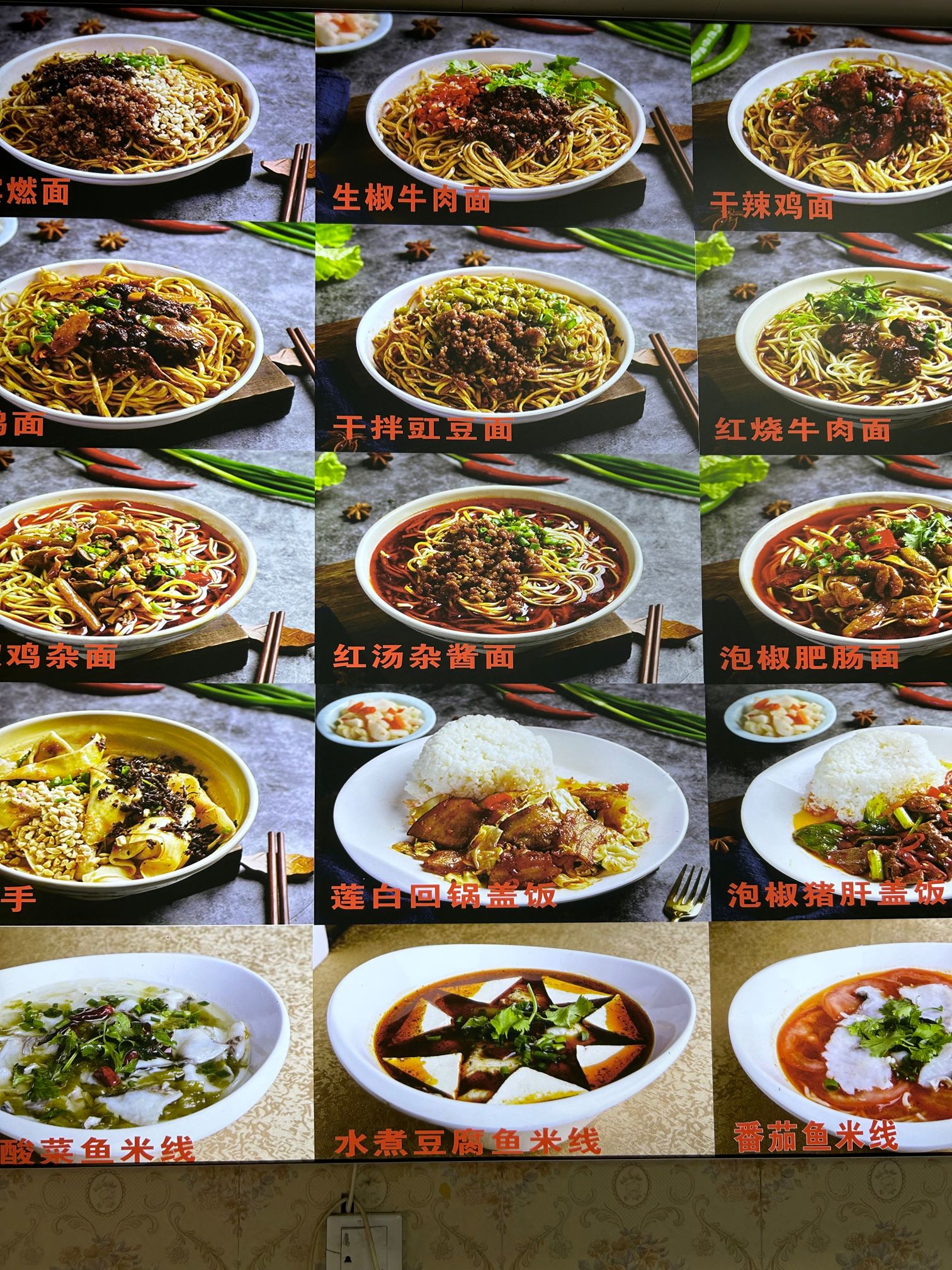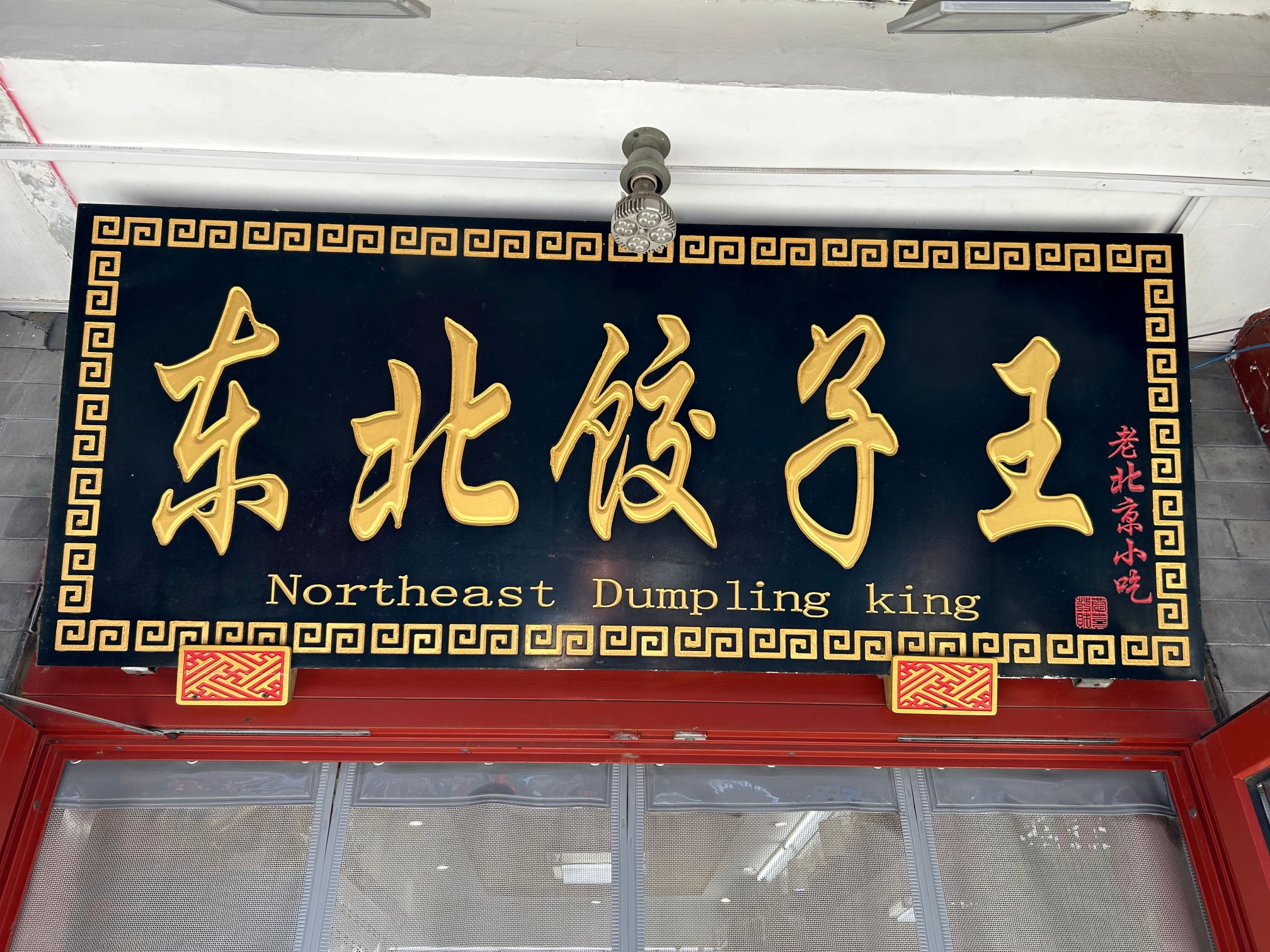Memphis & the Mississippi Delta
Memphis is famous for 2 things – great music.......

...the city was the birthplace of the Blues, Stax records, Sun studios and Elvis's home Graceland which is now an amazing national monument, kind of like a cross between Westminster Abbey and Disneyland, but more importantly from our point of view it's also known for its fantastic Barbeque Pork!
There are several styles of barbequein the US but the Memphis style is the most interesting for us because they use a spicy dry rub to season the meat before cooking, then either smear on a barbeque sauce towards the end of cooking (served wet) or a sprinkle of extra dry seasoning just before serving (served dry).

To me the real America is the South and i've wanted to visit there for many years. The food there is really unpretentious (the sort of cooking that if you lived there you'd take for granted), if you were Italian you'd call it cucina povera - the food of the poor. Cheap cuts, slow cooking, strong seasonings, a spirit of love and generosity are something all these restaurants share.
The classic BBQ and Soul Food places are a bit like your favourite greasy spoon cafe in the UK – all wipe clean surfaces, plastic cutlery and lots of good banter. The restaurants are incredibly cheap (it’s hard to spend more than $10) and they seem to survive on high turnover - there’s a queue out of the door at busy times for takeout as well as people desperate to get a table.
The spices in the barbequerubs vary and every restaurant has their own secret recipe but it was interesting to see the range of typical spices used in this area is very familiar from a British kitchen – sweet paprika, pepper, cayenne, dried garlic and onion, a small range of herbs (sage, parsley, oregano) plus seasoned salt (which is pretty much salt blended with all those ingredients) and sugar.


Ribs served dry at the front (with extra seasoning on top), and wet at the back (with the sauce on top) ; Dry ribs from the Rendevous restaurant (not the best to be honest - Top Tip, go with the wet ribs next time)
There isn’t much evidence of Indian spices in the supermarkets (even with the recent influx of IT workers, the Indian population is still pretty small), and Mexican chillies seem to be rarely used, I guess because the bulk of the Latin American population have settled further west. The culinary influences come from the local population who originate either from the UK and northern Europe (bringing herbs, garlic and onion), West Africa (okra, greens) and Native American (pit-smoking meat, corn and beans). The key flavour (as well as the sweet, slightly spicy and garlicky rub) is the hickory smoke from the cooking process. The cooking at the good places is based on really long, slow cooking (5 or 6 hours) over smouldering hickory wood.

The Pulled Pork sandwich from Central BBQ, probably the best place in town – I asked the cleaning lady at the hotel about it and she said "It’s so guuuud, make you wanna to throw down your fork and say that's it, I can’t do no better than that".
The control of temperature is the really skilful bit as if it’s too high the pork will char and dry out, too low and the meat won’t be succulent and the smoke won’t penetrate all the way through. The distinctive, sweet scent of hickory is something you can smell all the way down the road from a barbeque restaurant and the best ribs have that flavour all the way through to the bone. To be honest this is the bit that our Memphis Barbeque Pork recipe kit (which I’d say compares pretty well with the local stuff) isn't able to recreate. We recommended you wrap the ribs in foil but a better way to try and recreate the effect of the smoke flavour at home is by using a barbeque with a lid (or just cover the meat with an upturned pan) and cook as slowly as possible over as low a heat as you can maintain.
At the restaurants you either get ribs or pulled pork which is usually a tough cut like a shoulder, slow cooked then shredded. The meat’s served either wet or dry and with a choice of sides – beans, coleslaw, potato salad, cornbread, macaroni cheese (which seems to be considered a vegetable there!), Texas toast (just buttered toast) or greens.

What do you do with all the leftover meat - Barbeque Spaghettiof course! Basically spaghetti in tomato sauce with shredded bbq pork and barbeque sauceon top, suprisingly good....
Sauces vary from sickly sweet ketchup based ones to sharp mustardy ones but as a rule, they tend to be seasoned with garlic, onion, paprika, a touch of heat from pepper or cayenne plus a healthy splash of vinegar. In fact I was pleased to see that our Barbeque Kingmix would stand comparison with any of these sauces as it gives you the best of both worlds – a touch of heat but also enough acidity to cut through all the fat and sugar.
The other great food of the South is Soul Food – grits, collard greens, cornbread, fried chicken, okra etc. Despite the intense heat and humidity there, lots of the food is fried (traditionally in lard or together with salted ham or pork). This diet might be perfect if you’re planning a 12 hour shift in a cotton field, but if you drive everywhere and sit behind a computer at work the results of a diet so high in fat and sugar are predictably catastrophic.

Fried chicken from Gus's - we were sure there was some fine ground pork skin in the coating giving the most amazing crunchy texture and flavour (imagine tender marinaded chicken wrapped in a slightly spicy pork scratching!). The slow-cooked greensat the back are often seasoned with a splash of the vinegar from the bottles of pickled chillies
Having said that the food is fantastic even though the ingredients are often the cheapest imaginable (for example, years ago the black slaves were given the tough tops from the turnips after the plantation owners had the vegetables, and they needed to devise new ways to cook them to make them edible and digestible). These greens cooked for hours until soft and silky are now a delicacy.
The seasonings are often strong – high in salt and also sometimes onion, garlic, herbs and a pinch of cayenne, all seasonings that the slaves could grow and were useful to enhance the flavour of the food. You can see this in the coating of the local fried chicken where garlic and cayenne or pepper are the key flavours and make it so finger-licking good! I'm very tempted to resurrect our old favourite fried chicken recipe kit after this trip......


Fried Chicken from Uncle Lou's - a really good garlicky, peppery crust (Company Slogan - "If the Colonel had Uncle Lou's recipe he'd be a General!"). Trouble is everything else is fried including those poor baby carrots! ; The wall at Uncle Lou's Fried Chicken where the little green business card in the middle will forever be a piece of the Spicery in Memphis!
Further south down into the Mississippi Delta, the land where the Blues was born and cotton was the crop that brought so much wealth to so few, the landscape is flat and agricultural, and it’s hot, hot, hot. The food changes slightly and there are some different influences. The classic dish there is tamalesbut these ones are very different from those you’d find in Mexico. They’re made of minced beef or pork, mixed with cornmeal and heavily seasoned with ground cumin then rolled inside a corn husk. They're then cooked in a spicy broth with lots of dried chillies and served with a ladle of this broth and a hot chilli sauce dark with dried Mexican chillies.

Delta Tamales served with coleslaw, chilli sauce and crackers - feels a bit strange to have them with dry biscuits but the texture of the tamales is very much like a patè
In the Delta you also start to see some influences from the other side of the Mississippi river in Louisiana where the original settlers were French. Their cooking is based on classic French cuisine and most of the food is seasoned with what's known locally as the Holy Trinity – garlic, peppers (capsicums) and celery. This is the base for Cajun seasoning– heavy in celery salt, garlic and bell peppers (paprika and cayenne). Cajun seasoning is used as a general seasoning in place of salt and pepper but it's also the key flavouring for 2 famous local dishes – crawfish and boiled peanuts. It's a cooking style I'd be interested in investigating further but that may be for another trip......
Boiled peanuts with lots of Cajun Seasoning from a roadside stall in the Delta - after a few hours they turn soft, almost like borlotti beans only with a very powerful spicy kick!
Many thanks to my hosts Paul & Angela Knipple who are local food writers and have written a really interesting book about the changes in the food of the region, and Susan Puckett who put me in touch with them. Southerners have a reputation for hospitality but these people were off the scale! We were on a 3 lunch a day schedule at one point so my thanks to them again for their generosity (and extraordinary appetite!).

Boiled crayfish and sweetcorn with lots of Cajun Seasoning
Many thanks to my hosts Paul & Angela Knipple who are local food writers and have written a really interesting book about the changes in the food of the region, and Susan Puckett who put me in touch with them. Southerners have a reputation for hospitality but these people were off the scale! We were on a 3 lunch a day schedule at one point so my thanks to them again for their generosity (and extraordinary appetite!).
Recent Posts

'Strange' Flavour in Sichuanby James on 12th March 2024
The incredibly hot and numbing food of Chongqing and Chengdu!
Read Full Post
Eaten all the 'Wheaten' Food in Beijingby James on 12th March 2024
A journey of discovery through the fabulous food of Northern China
Read Full Post


